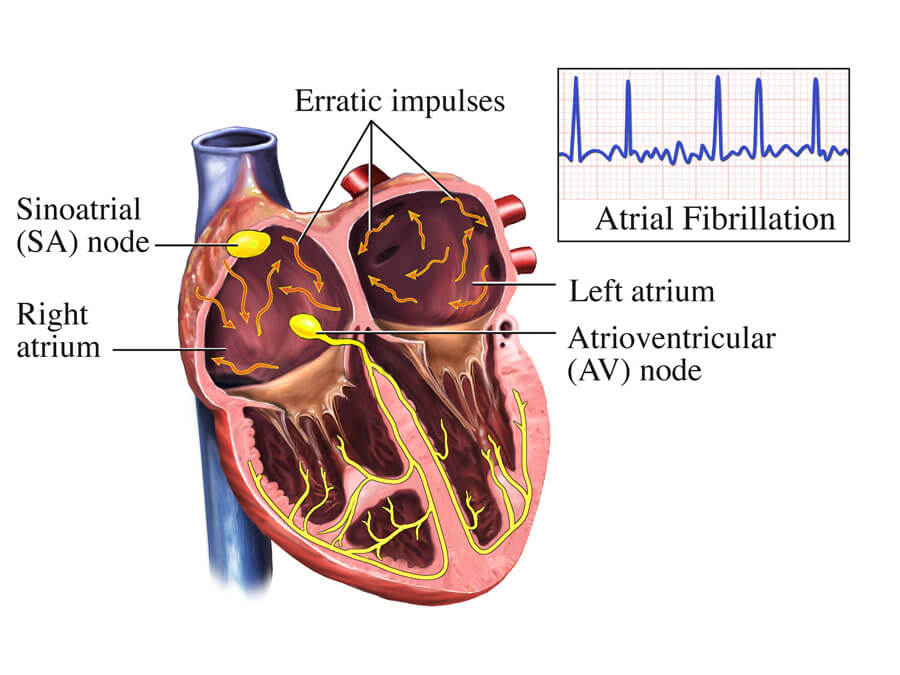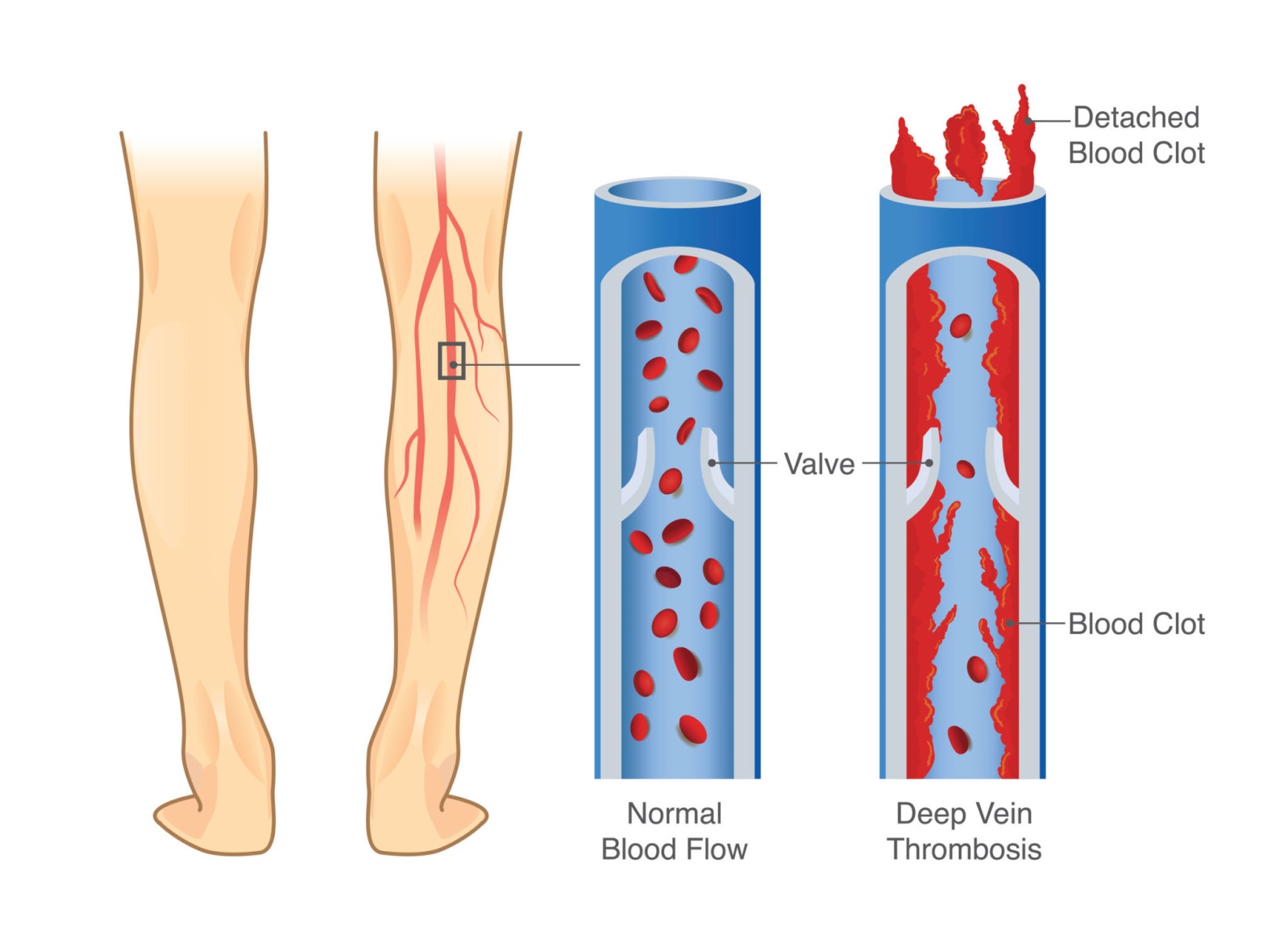A nurse is reinforcing teaching about warfarin with a client who has a new onset of atrial fibrillation. Which of the following statements should the nurse include in the teaching?
"Warfarin dissolves clots in the bloodstream."
"This medication slows the response of the ventricles to the fast atrial impulses."
"Warfarin helps prevent strokes in clients who have atrial fibrillation."
"This medication will help maintain a normal heart rhythm."
The Correct Answer is C
Choice A reason : The statement that warfarin dissolves clots in the bloodstream is incorrect. Warfarin does not dissolve existing clots. Instead, it is an anticoagulant that works by decreasing the production of certain clotting factors in the blood, which helps prevent the formation of new clots.
Choice B reason : This statement is not accurate regarding the action of warfarin. Warfarin does not affect the electrical impulses of the heart. Medications that slow the response of the ventricles to fast atrial impulses are typically antiarrhythmic drugs, not anticoagulants like warfarin.
Choice C reason : This is the correct statement. Warfarin is prescribed for clients with atrial fibrillation to reduce the risk of stroke. Atrial fibrillation increases the risk of forming blood clots in the heart, which can then travel to the brain, causing a stroke. Warfarin's anticoagulant effect helps to prevent these clots from forming.
Choice D reason : Warfarin does not help maintain a normal heart rhythm. It is not an antiarrhythmic drug but an anticoagulant. The purpose of warfarin in atrial fibrillation is to prevent stroke by reducing the risk of clot formation, not to correct the heart rhythm.

Nursing Test Bank
Naxlex Comprehensive Predictor Exams
Related Questions
Correct Answer is D
Explanation
Choice A reason : Assisting the client into a standing position is part of the process for checking orthostatic hypotension, but it is not the first action to take. The initial measurement should be taken while the client is supine to establish a baseline blood pressure before any position changes.
Choice B reason : Determining the client's blood pressure 1 minute after each position change is important for diagnosing orthostatic hypotension, but it follows after the initial supine measurement. This step is to observe changes in blood pressure that may indicate orthostatic hypotension.
Choice C reason : Placing the client in a sitting position is another step in the process of checking for orthostatic hypotension. However, it is not the first action. The nurse should first measure the blood pressure in the supine position, then sitting, and finally standing.
Choice D reason : This is the correct first action. Checking the client's blood pressure in a supine position provides a baseline measurement. After this, the nurse can compare the blood pressure readings after the client sits and stands to identify any significant drops that would indicate orthostatic hypotension.
Correct Answer is B
Explanation
Choice A reason : Epinephrine is an adrenergic agonist primarily used in the management of cardiac arrest, anaphylaxis, and severe asthma attacks. It is not used to reverse the effects of warfarin overdose. Warfarin acts as an anticoagulant by inhibiting vitamin K-dependent clotting factors, and epinephrine has no role in this mechanism.
Choice B reason : Vitamin K is the antidote for warfarin toxicity. Warfarin works by inhibiting the vitamin K-dependent clotting factors II, VII, IX, and X. In the event of an overdose, vitamin K is administered to reverse the anticoagulant effects of warfarin and restore the clotting factor levels to normal. The administration can be oral or intravenous, depending on the severity of the overdose and the urgency of the situation.
Choice C reason : Atropine is an anticholinergic drug used to treat bradycardia (slow heart rate) and as an antidote for organophosphate poisoning. It does not have a role in reversing warfarin overdose as it does not affect the clotting cascade or vitamin K metabolism.
Choice D reason : Protamine is used to reverse the effects of heparin, another anticoagulant, but not warfarin. Protamine sulfate binds to heparin, forming a stable complex and neutralizing its anticoagulant effects. Since warfarin's mechanism of action is different from heparin's, protamine is not effective in reversing warfarin toxicity.

Whether you are a student looking to ace your exams or a practicing nurse seeking to enhance your expertise , our nursing education contents will empower you with the confidence and competence to make a difference in the lives of patients and become a respected leader in the healthcare field.
Visit Naxlex, invest in your future and unlock endless possibilities with our unparalleled nursing education contents today
Report Wrong Answer on the Current Question
Do you disagree with the answer? If yes, what is your expected answer? Explain.
Kindly be descriptive with the issue you are facing.
